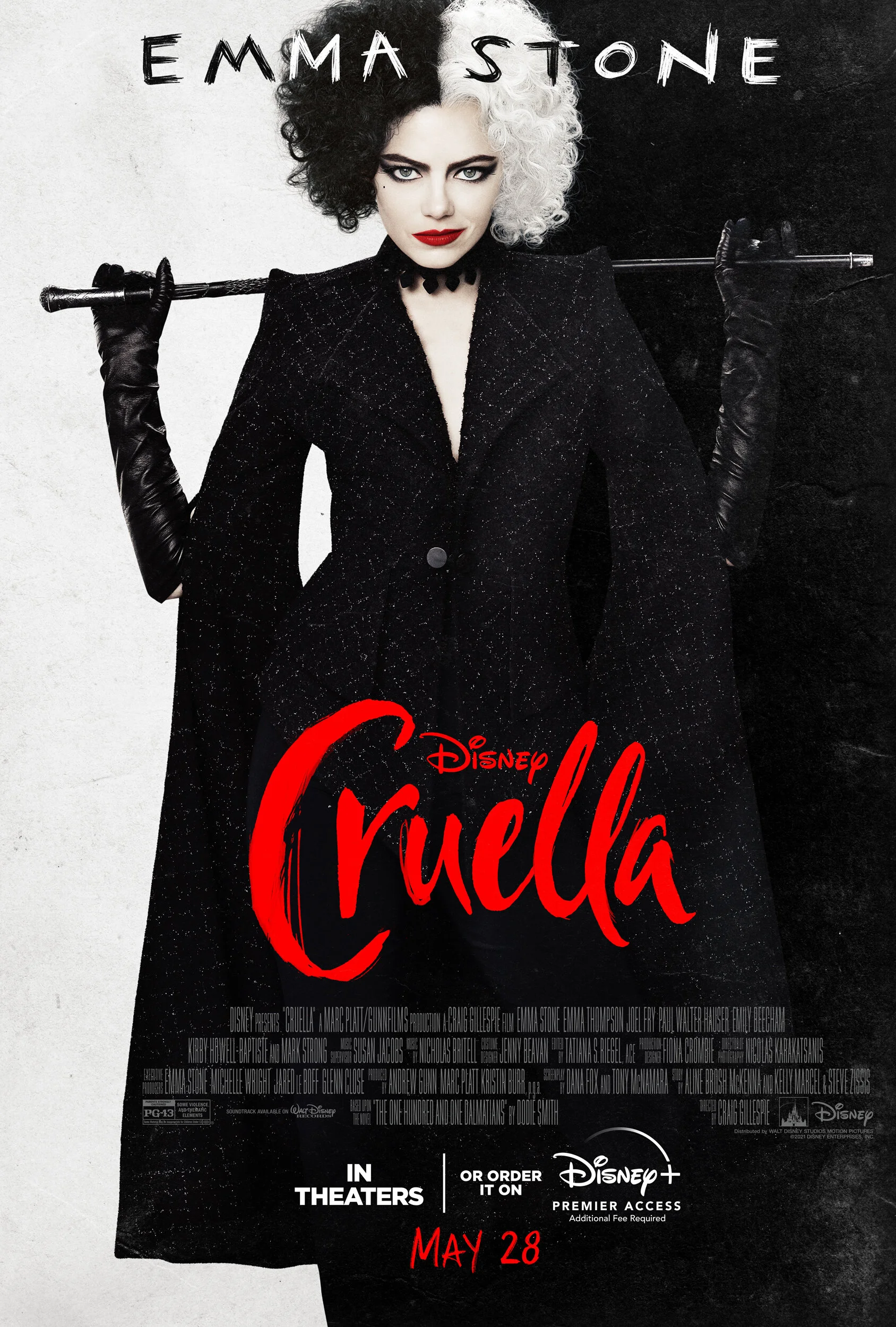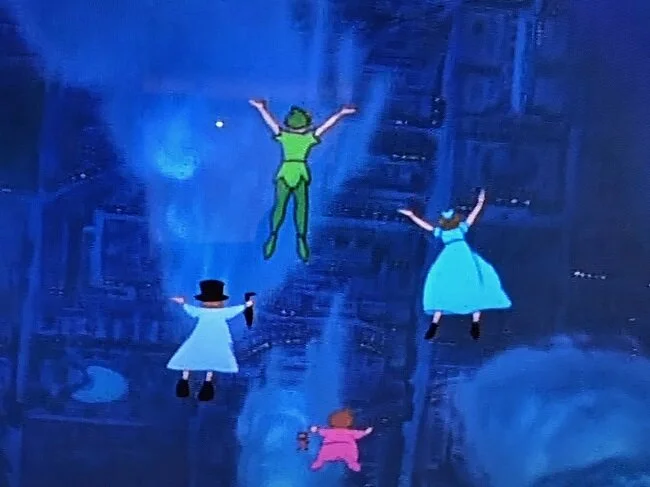In January 1939, the Metropolitan Museum of Art announced its acceptance of an animation cel set-up from Snow White and the Seven Dwarfs (David Hand, 1937) and “presented by the artist, Walt Disney” (Burroughs, 1939) (Fig. 1). The gift — an ink and gouache painting on transparent celluloid, laid over a hand-painted background — was duly hung with the museum’s other “recent accessions,” and immediately generated considerable coverage in the nation’s major newspapers, magazines, and wire services.
Read MoreHot on the heels of the return of CEO Bob Iger in November 2022 to replace Bob Chapek, the last 12-18 months have certainly seen some important milestones within the industrial, cultural, and technological history of the Walt Disney Company.
Read MoreThe Disney Renaissance is one of those curious constructs that circulates among the Walt Disney Company and its fan communities, entering academic studies of Disney animation largely unchallenged. What, exactly, was the Disney Renaissance? One of the many pleasures and privileges of being an animation scholar is not only to think about Disney, but to think about how we think about Disney. And unsurprisingly, a lot of the critical discourse on Disney is shaped by Disney itself.
Read MoreAdapted from Victor Hugo’s gothic novel, The Hunchback of Notre Dame (Gary Trousdale & Kirk Wise, 1996) tells the story of bellringer Quasimodo (Tom Hulce), born with a physical deformity that gives him a hunched back. The Disney animated film first depicts Quasimodo as a baby, when he was stolen from his Romani parents by Judge Claude Frollo (Tony Jay) during one of his nighttime raids on the streets of Paris. The judge reluctantly raises Quasimodo as his own child, but keeps him locked high in a belltower away from all outside contact, until one day, a Romani dancer named Esmeralda (voiced by Demi Moore) enters Quasimodo’s life.
Read MoreDisney’s Encanto (Jared Bush & Byron Howard, 2021) focuses on the Madrigal family and their life in their magical house, or Casita. Every member is given a unique power or “gift” from Casita, as referred to in the film, once they hit a certain age, except for protagonist Mirabel. One night she sees cracks start to form around Casita and realizes that the magic and her family are breaking apart and that she is the only one who can save them. Throughout the film, several characters, including Mirabel’s sisters Isabella and Luisa, exhibit tension and unhappiness in the family that is later revealed to come from matriarch Abuela’s generational trauma (as discussed in an earlier blog).
Read MoreHad Disney’s Strange World (2022) made more of an impact the internet might well be flooded with articles comparing Don Hall’s latest work with James Cameron’s behemoth sequel, Avatar: The Way of Water (2022). Both explore magnificent simulated environments, examine the complicated dynamics arising from father-son relationships, and tackle the destructive land-grabbing hunger associated with colonial sentiment.
Read MoreRecently returned Disney CEO Bob Iger – reappointed to the company following the abrupt dismissal of his successor, Bob Chapek in November 2022 – confirmed late last week that the celebrated animation studio would be producing a slate of sequels to three of its blockbuster films. News of Zootopia 2 within Disney’s upcoming roster of features was a welcome, if not entirely unexpected, surprise given both the box office success of the 2016 original (the film took $1.02 billion and won the Oscar for Best Animated Feature) and the recent arrival of spin-off web television series Zootopia+ (Trent Correy & Josie Trinidad 2022), which premiered on Disney+ the same month as Chapek’s acrimonious exit.
Read MoreThe first event of the new BAFTSS Animated SIG was a very spooky one. Threading the often-unexplored relationship between animation and horror and organized by Dr. Sam Summers (Middlesex University), “Animated Horror: An Online Mini-Event” (Fig. 1) took place online on October 19, 2022. Even though it was a short one, the seminar offered a great deal of varied richness on issues of liminality, transformations, and the overlapping of horrific and seemingly innocent content, within animated horror.
Read MoreEncanto (Byron Howard & Jared Bush, 2021), Disney’s 60th animated film inspired by Latin-American culture tells the story of a magical family, the family Madrigal. The narrative follows the dynamics of the Madrigal family tree across generations in the town of Encanto, ultimately spearheaded by 15-year-old Mirabel, the only member of the family without magical powers.
Read MoreThis blog post follows on from an earlier sequence analysis of Disney’s Moana (Ron Clements & John Musker 2016) in which I explored the redemption of Te Kā by the opening of an anthropomorphised ocean. In this second post, I will analyse the moments immediately following the opening of the ocean, which sees Moana and Te Kā to come face to face.
Read MoreSince its DVD release, Moana (Ron Clements & John Musker 2016) has carved a home in my heart. When I’m not re-watching it captivated and in love with its artistry, I’ll watch it thinking about the voyage Disney takes into Polynesian histories and the representation of culture which, although efforts were made through the formation of the Oceanic Story Trust to depict authentic Polynesian cultures, often falls short – as one indigenous rights advocate puts: “having brown advisers doesn’t make it a brown story” (Ngata, 2016).
Read MoreEighty-four years after its first animated feature film, Snow White and the Seven Dwarfs (David Hand, 1937) and fifty-eight movies later, Disney finally has its first Southeast Asian princess with Raya and the Last Dragon (Paul Briggs, Don Hall & Carlos López Estrada, 2021). The titular character, Raya, joins the ranks of their other princess-of-colour from the Disney canon including Tiana from The Princess and the Frog (Ron Clements & John Musker, 2009), Jasmine from Aladdin (Ron Clements & John Musker, 1992), and the titular characters from Pocahontas (Mike Gabriel & Eric Goldberg, 1995), Mulan (Tony Bancroft & Barry Cook, 1998) and Moana (Ron Clements, Don Hall & John Musker, 2016).
Read MoreI’m going to say straight off: I thoroughly enjoyed Cruella (Craig Gillespie, 2021) and I think you will, too. A prequel to One-Hundred-and-One Dalmatians (Clyde Geronimi, Hamilton Luske & Wolfgang Reitherman, 1961) and a re-framing (sort of; more on that shortly) of the beloved Disney villain Cruella deVil, Cruella purportedly tells the story of how the great enemy of dalmatians everywhere became a crazed villain.
Read MoreIn his business memoir, Bob Iger, the (former?) CEO of The Walt Disney Company, raised a question in connection with Disney princesses: “[w]hat are the attributes of a Disney princess in today’s world and how should they manifest in our products?” (Iger 2019, xx). Iger’s query outlines both the commodification of the Disney princess, and the notion that her portrayal must reflect the societal changes of the 21st century.
Read MoreFrozen’s (Chris Buck & Jennifer Lee, 2013) protagonist, Elsa, is easily the most obviously queer-coded heroine in Disney’s princess films. Both academic analyses and media outlets, as well as a robust part of her fandom, have argued as much (see, for instance, Charania and Albertson 2018; Mason 2019; Rose 2020).
Read MoreIn many ways, 2020 is a year marked by many different intertwined sources of grief: all the different kinds of loss associated with a global pandemic and its effect on daily lives; the political and economic situations that have forced a reckoning with an acknowledgement of a loss of idealism – that maybe we aren’t, and never have been, the enlightened society we (the Western European and North America, the Anglophone West in particular) have considered ourselves to be.
Read MoreThe films of postwar Hollywood often featured wanderers, characters who were “trying to leave behind the tensions of a modern world for the clarity of another place; a place outside history” (Polan 1986, 264). While this character type and narrative structure primarily materialised as a foray from urban spaces out to the country or a transatlantic trip to a different continent, occasionally the stresses of the world merited a journey completely outside reality, depositing characters into fantasy realms.
Read MoreWhen Tim Burton’s Nightmare Before Christmas (Henry Selick, 1993) first hit cinemas in 1993, its status as a Disney film was not immediately clear. The film was released via Disney’s Touchstone label and the Company was initially concerned about the “dark tone and potential negative reception of the film’ (Burger 2017, 110).
Read MoreFor nearly 100 years, the name Walt Disney has been synonymous with top class, polished, and popular animation. Teams of animators churn out major films every couple of years, often to great financial success, and usually with a very particular ‘Disney-esque’ style. Timothy White purports that this style is, at least partly, typified by an attempted realism and continuity editing, typically associated with “Hollywood” cinema (1992: 3-16), meanwhile Paul Wells similarly ascribes a “mimetic” quality to Disney’s style, describing it as “orthodox” (2003: 220).
Read More



















